|
|
|
|
Current Field Projects
More information about the
field projects in which our group is participating can be
found at the following sites. Also available are Past Field Projects &
Aircraft Platforms.
|
|
Much of the ambient organic matter (OM) in California has been identified as SOA, but has not been attributed to specific sources. In addition, the organic fraction of aerosol particles represent one of the largest uncertainties in quantifying the effects that aerosols have on the radiative balance of the atmosphere. Therefore, to understand how the aerosols operate, more research is needed to identify the organic functional groups and evaluate their thermodynamic, microphysical, and optical properties. These properties are important in the processes of particle-cloud interaction, which play a significant role in the radiative balance of the atmosphere.
|
|
|
- CalNex- Caltech Groundsite
May-June 2010
Scientific Problem: The Pasadena site at the California Institute of Technology was one of several ground sites involved in the NOAA CalNex field study concerning air quality and climate change. Aerosol samples were collected during this field campaign, to be analyzed using Fourier Transform Infrared (FTIR) spectroscopy analysis. Using the FTIR measurements, we hope to identify what sort of organic compounds are present in the ambient air, and then make inferences about potential sources by comparing with areas of known aerosol composition. This field study is important in helping to assess the air quality of Pasadena and to contribute to the present knowledge of atmospheric processes over California.
See associated undergraduate Becca Rolph on our Outreach page: Aerosols
|
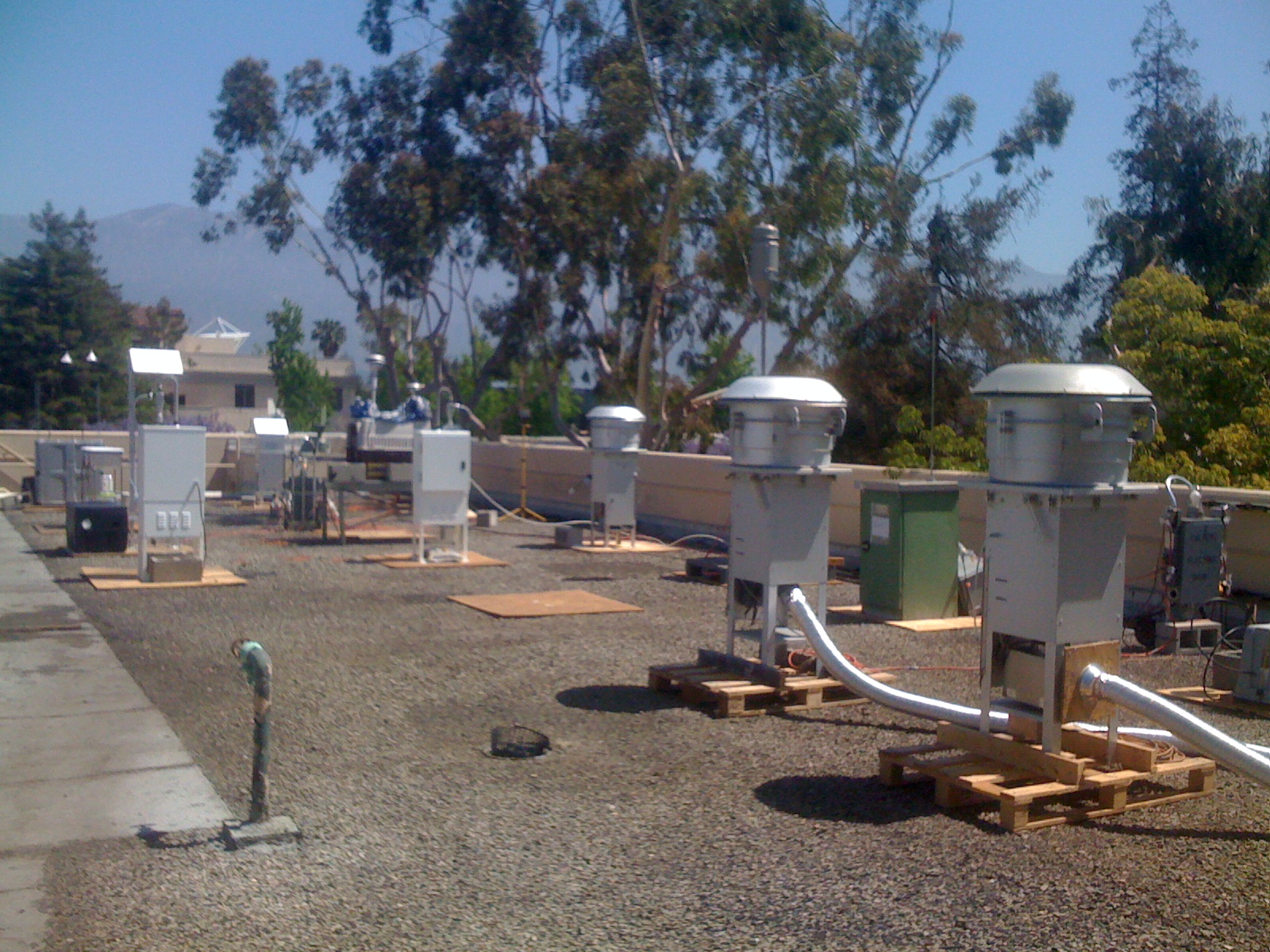 |
|
|
- CalNex- Bakersfield
Groundsite May-June 2010
Scientific Problem: Like the other sampling sites involved in the CalNex study, aerosol samples were collected in Bakersfield to work towards improving the characterization and quantification of organic matter (OM) functional groups, including those formed as secondary organic aerosol (SOA). This will be done by analysis of measurements from FTIR spectroscopy, Aerosol Mass Spectroscopy (AMS) and X-ray Fluorescence (XRF) of samples with elemental markers. The measurements will be analyzed using cluster and factorization techniques in coordination with VOC and elemental tracers in order to assign the organic mass to its major sources. The main goal of these techniques is to help characterize the role of organic particles for air quality and climate in the San Joaquin Valley of California.
|
 |
|
|
- CalMex- Tijuana Groundsite
May-June 2010
Scientific Problem:Tijuana was one of a series of studies aimed to better the understanding of submicron aerosol sources and processing along the California-Mexico border, a region is one of unique challenges for air quality and climate change. The project was a collaboration with the Molina Center for Energy and the Environment, Texas A&M, Virgina Tech, and Universidad Autonoma de Baja California, aided by both Mexican and American undergraduate students. Organic functional groups of submicron particles were quantified by their chemical bonds using FTIR measurements on Teflon filters. An Aerodyne aerosol chemical speciation monitor was deployed to help identify both organic and inorganic components in real time, giving hourly measurements for a better understanding of particle age and composition based on mass fragments. Black carbon measurements were made with single particle soot photometer, to determine the size and mass of individual particles. Particles were also captured for further analysis by scanning transmission x-ray microscopy.
Pictures of
Tijuana Site
See associated undergraduate Anita Johnson on our Outreach page: Aerosols
|
 |
|
|
- Aero-SCOPE 2008 at Scripp's Pier
Scientific Problem: Measurements of organic carbon in particles are defined operationally by measurements of evolved carbon, mass fragments, and bonds. Because the organic composition of particles in the atmosphere is not known, complete laboratory standards cannot be synthesized. Comparisons of these independent methods provides complementary information which we can synthesize for a more complete picture of particle composition, as we have shown in limited-term field experiments [Russell et al., 2008; Gilardoni et al., 2007]. Here we will undertake experiments for multiple years to establish statistically significant comparisons of methods. The instrumentation requested here establishes the infrastructure for many aerosol inter-comparisons by also including inlet and size distribution measurements which are required for additional studies for which independent funding is sought.
2008 Experiment: June - September AMS Series
Aerodyne Quadrupole AMS (Preliminary Time Series and Diurnal Averages)
FTIR Organic Functional Groups
2009 Experiment: In Progress
|
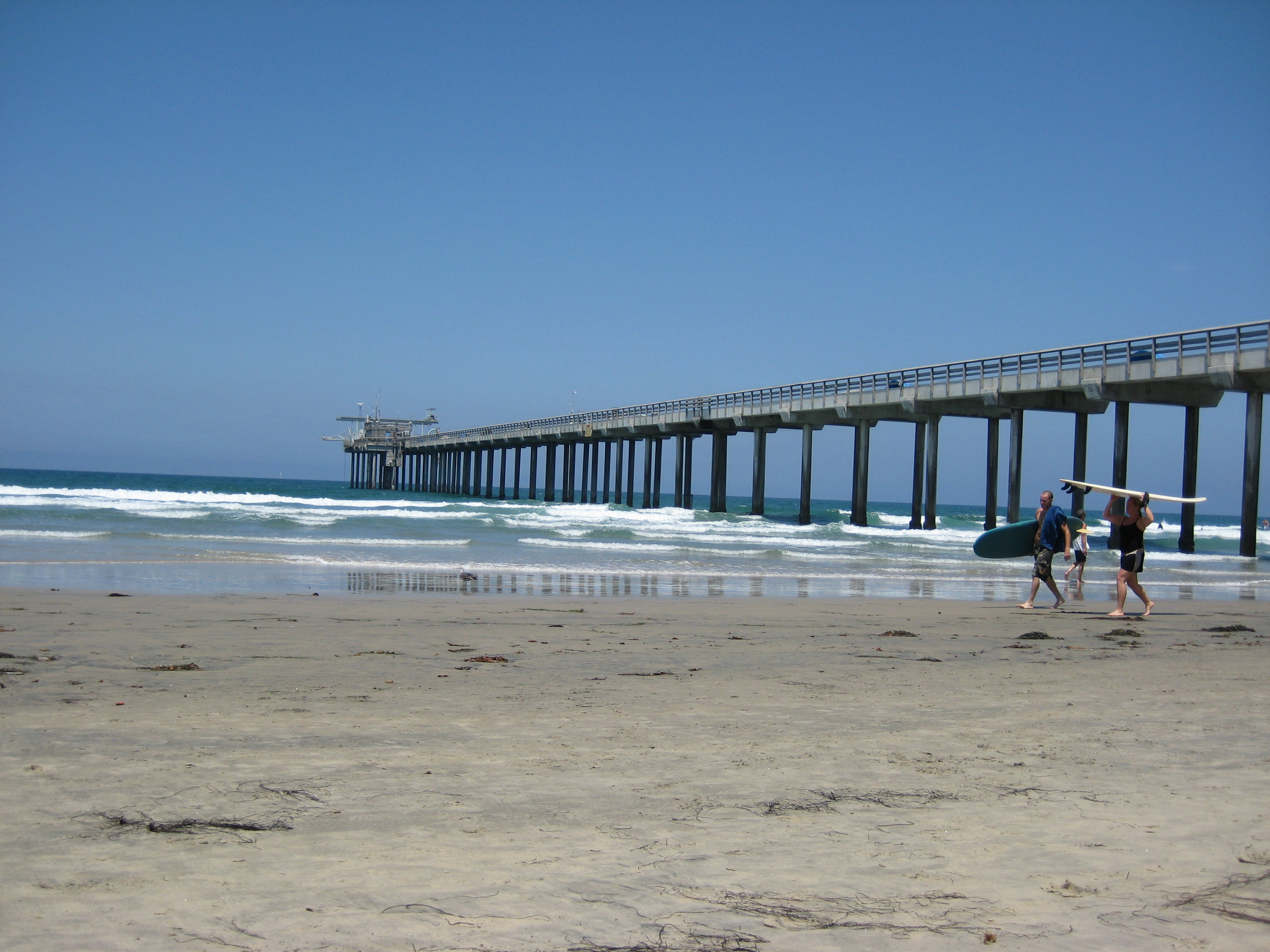 |
|
|
- Whistler, B.C. May- June 2008
Scientific Problem: The aerosols collected in the Whistler Blackcomb Mountains of Canada (100 km north of Vancouver) are largely influenced by biogenic sources. In a changing climate biogenic emissions may be strongly influenced and therefore it's critical we improve our understanding of this major aerosol source. The month long study was from May to June 2008. It utilized submicron aerosol samples collected on teflon filters with FTIR and XRF to determine the organic composition and elemental composition of the aerosols respectively. The site is mid-mountain at about 1020 m, and currently we have moved 1 km up the mountain to continue on-going measurements at Whistler peak.
Current Analysis: Organic functional grp concentrations by FTIR
Rachel Schwartz: Whistler Project Poster
Sponsors: Environment Canada
|
 |
|
|
 
Barrow, Alaska
2007-2009
Scientific Problem: The Arctic is proving to be one of the most sensitive regions to recent climate change. The seasonal occurance of Arctic haze - generally believed to be pollution transported from the mid-latitudes - poses significant effects on the local radiative balance. Previous studies has quantified Arctic aerosol climatologies at Barrow, Alaska, and have identified a missing component in the mass balance that is believed to be found in the organic fraction. The goal of the Russell group's study at Barrow is now to quantify this missing organic mass in an FTIR functional group approach. In a Climate Monitoring and Diagnositcs Laboratory located on the northern coast of Alaska (71N, -156W), collaborators from NOAA collect daily submicron particle samples on 47 mm Teflon filters. These filters are frozen and shipped back to SIO for analysis in the Russell group clean room. This site provides an ideal location to sample clean air masses that arrive at Barrow from many directions throughout the year. Sources may include local and long range dust, marine sea salt and periodic industrial combustion plumes from distant regions. The study began in late winter of 2008 and is currently in operation as of summer 2009, with hopes to continue into 2010. The ultimate goal of this campaign is to assess the organic signal in Arctic aerosol particles and to quantify its role in microphysical processes in the delicate Arctic atmosphere.
Earth System Research Laboratory: NOAA
CMDL Observatory
Sponsors: National Science Foundation
|

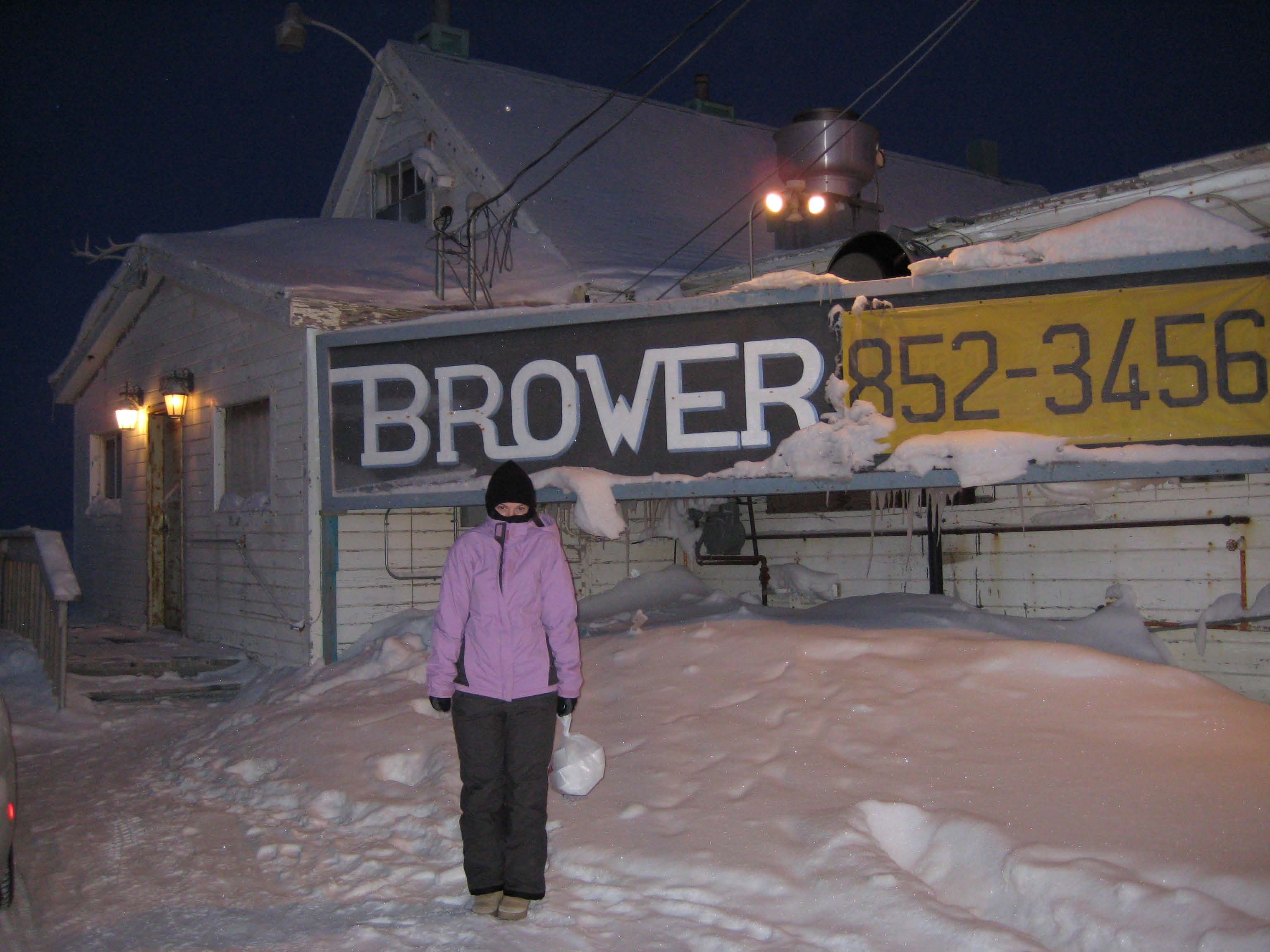
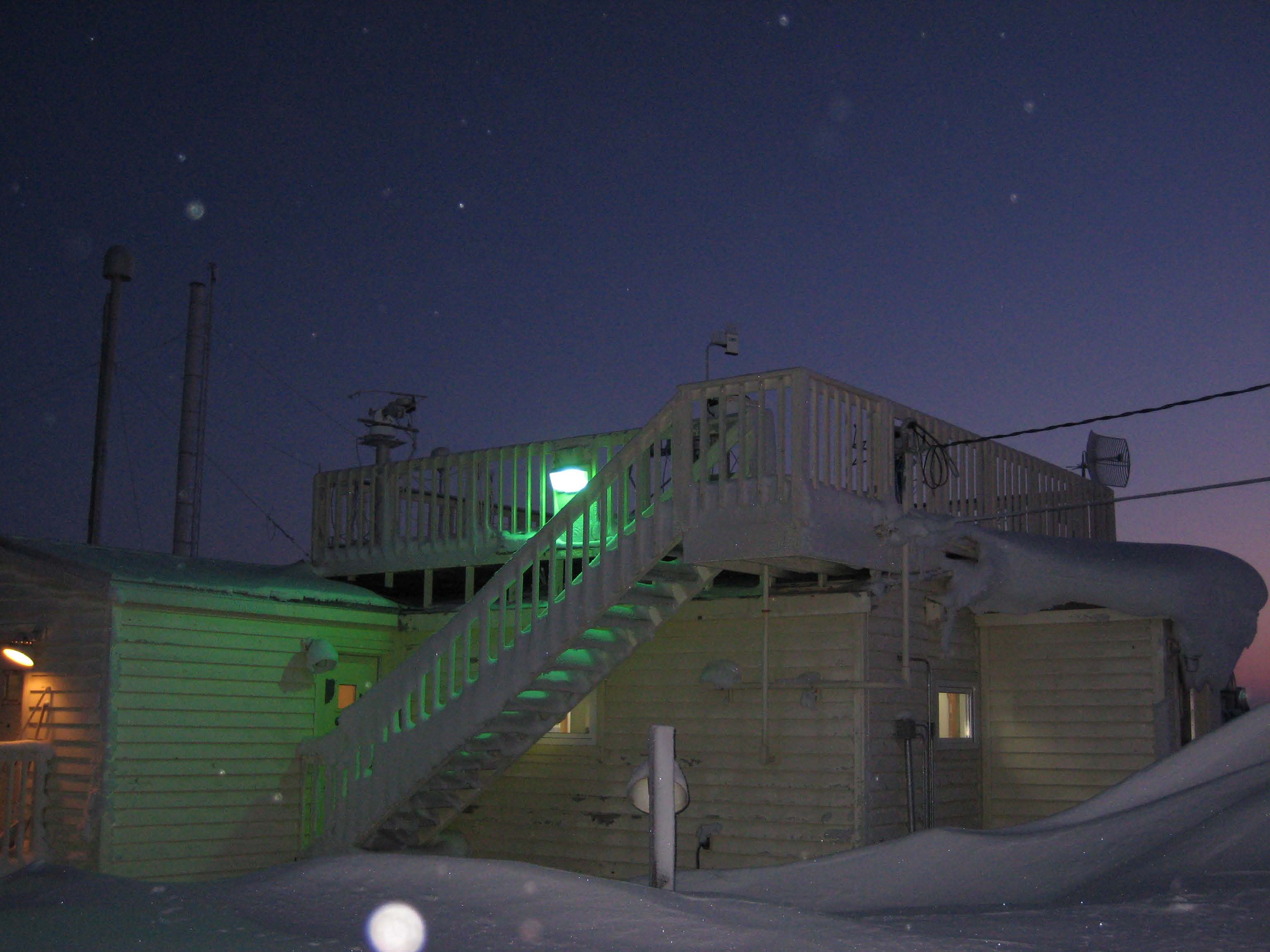
|
|
|
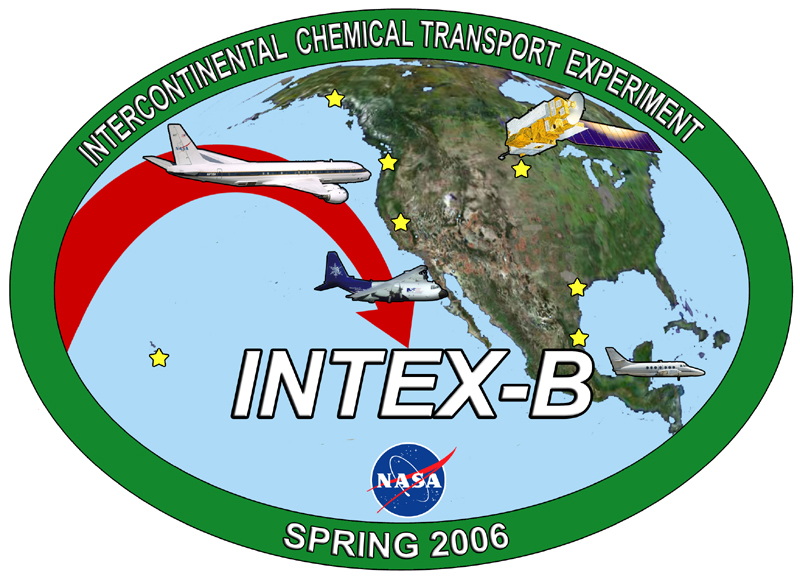 INTEX-B
Seattle, WA April-May 2006 INTEX-B
Seattle, WA April-May 2006
Scientific Problem: Single particles were collected from an aircraft platform as part of the Intercontinential Chemical Transport Experiment - Phase B (INTEX-B) conducted over the eastern Pacific and western North America in order to contribute research to the large gap in the understanding of the export of organic aerosol from Asia and trans-Pacific transport and processing. This study is therefore vital to quantifying the impact that Asian pollution may have on North American air quality. Thus far STXM-NEXAFS, FTIR spectroscopy, and XRF have been used to analyze four distinct geographical air mass regions: "Pacific" free troposcphere, "Continental" free troposphere, "Seattle" metropolitan region, and the California "Central Valley" [Day et al., 2009].
For additional information: Leaitch et al., 2008 & Day et al., 2009.
EOL NCAR Earth Observing Laboratory:
NCAR C130 Aircraft
Sponsors: National Science Foundation, James S. McDonnell Foundation
|
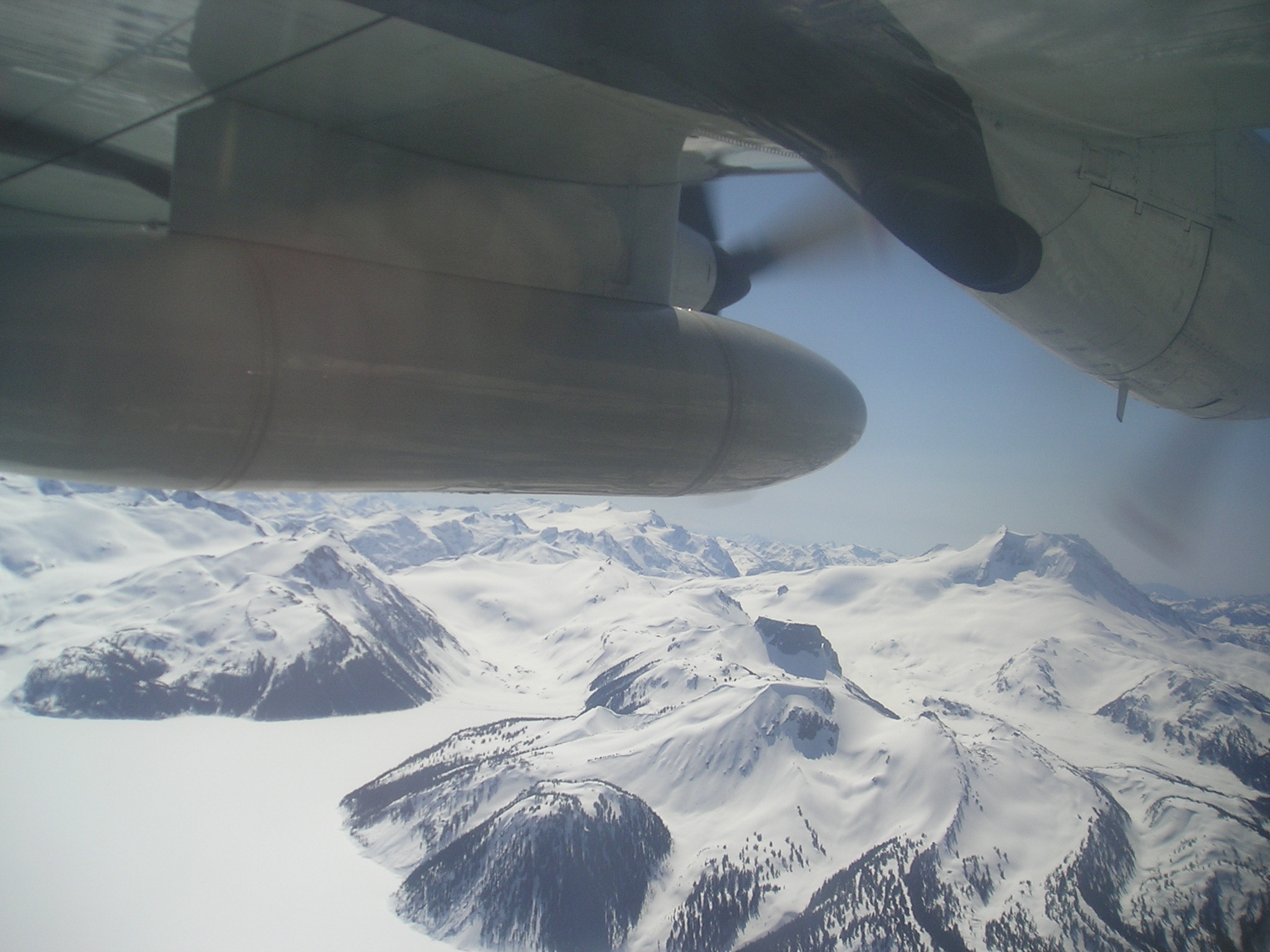 |
|
|

Vera Cruz,
Mexico March-April 2006
MILAGRO is a series of campaigns that includes MIRAGE and other earlier projects (e.g. Mexico City Metropolitan Area (MCMA)-2003). Please see MILAGRO below for more details.
For additional information: Gilardoni et al., 2009
EOL NCAR Earth Observing Laboratory:
NCAR C130 Aircraft
|
 |
|
|

Mexico
City, Mexico March-April 2006
The MILAGRO (Megacity Initiative: Local and Global Research Observations) campaign is the largest intensive measurement to date in the MCMA (Mexico City Metropolitan Area) to quantify properties of atmospheric aerosols. Submicron particles were collected on Teflon filters in March 2006, during the MIRAGE (Megacity Impacts on Regional and Global Environments)/MILAGRO field campaign on three platforms: the Mexico City urban area (SIMAT; (19°24'12'' N, 99°10'34'' W)), the high altitude site at 4010 m (Altzomoni; (19°7’ N, 98°38’ W)), and the NCAR C130 aircraft. Fourier Transform Infrared (FTIR) and X-ray Fluorescence (XRF) were used to measure organic functional groups and elements of submicron particles. Scanning Transmission X-ray Microscopy (STXM) and Near-Edge X-ray Absorption Fine Structure (NEXAFS) were applied to single particle organic functional group abundance analysis of particles simultaneously collected at SIMAT and C130. Chemometric techniques and statistical analysis including correlations between elements and organic functional groups, cluster analysis of single and bulk particle spectra, and Positive Matrix Factorization (PMF) were used to sort data into categories and identify sources of organic functional groups. Biomass burning and industrial emissions were identified as the sources in the MCMA with the latter dominating.
For additional information:Fast et al., 2009 & Liu et al., 2009.
Other web sites: SIMAT Flux Site
Sponsors: US Department of Energy
|
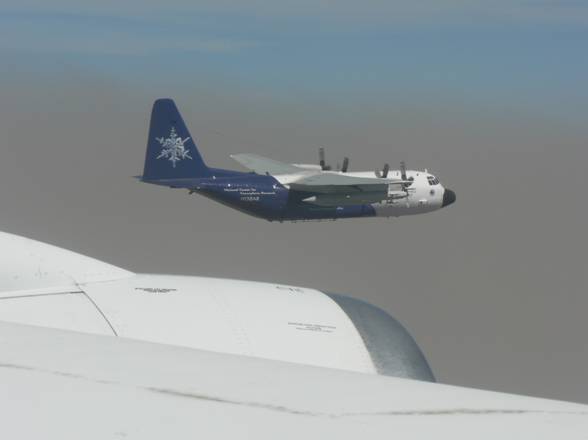 |
|
|
 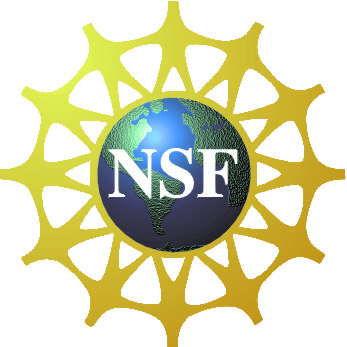 
Continue: Past Field Projects & Aircraft Platforms OR Back to Top.
|
|
|
|